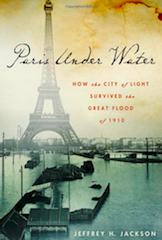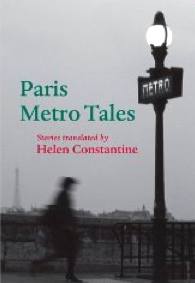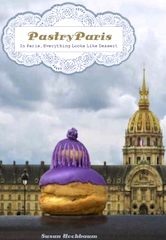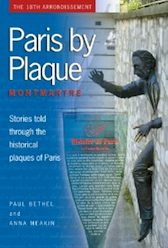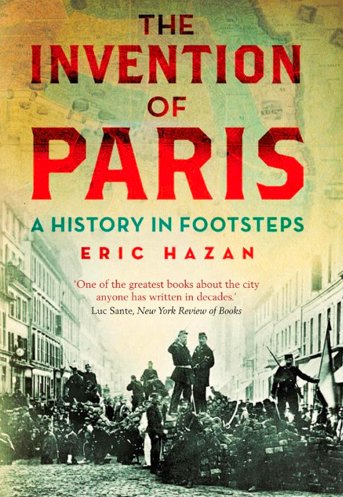Villa d’ Alesia: ln the Footsteps of the Artists
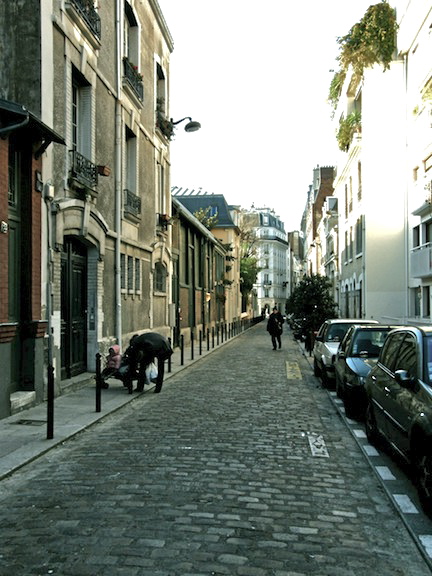
- SUBSCRIBE
- ALREADY SUBSCRIBED?
BECOME A BONJOUR PARIS MEMBER
Gain full access to our collection of over 5,000 articles and bring the City of Light into your life. Just 60 USD per year.
Find out why you should become a member here.
Sign in
Fill in your credentials below.
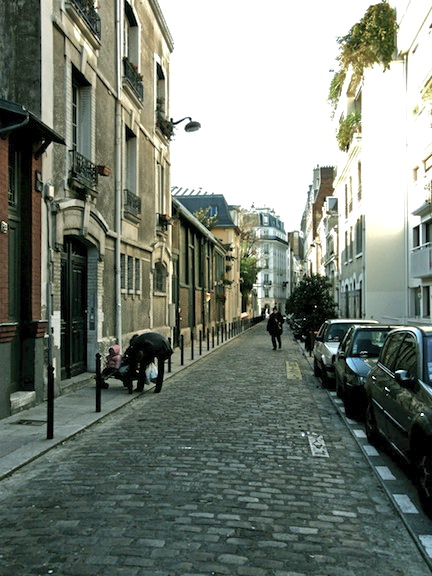 Most of Montparnasse has changed beyond recognition since it was an artist hangout in the 1920s and 1930s. Famous cafés Le Dôme, Le Sélect, La Rotonde, La Closerie des Lilas are tourist traps today, and most of the ateliers have disappeared . . . but not all. Just behind Montparnasse proper, a few surviving ateliers on Villa d’Alésia remind us of the days when Montparnasse was a suburban village where artists lived, worked, and scraped a living.
Most of Montparnasse has changed beyond recognition since it was an artist hangout in the 1920s and 1930s. Famous cafés Le Dôme, Le Sélect, La Rotonde, La Closerie des Lilas are tourist traps today, and most of the ateliers have disappeared . . . but not all. Just behind Montparnasse proper, a few surviving ateliers on Villa d’Alésia remind us of the days when Montparnasse was a suburban village where artists lived, worked, and scraped a living.
Villa d’Alésia artists’ community past and present
Some remaining ateliers can be found on the dead-end streets known as “Villas” in this quiet part of the city. Villa d’Alésia, just off the rue d’Alésia, has escaped many of the changes that have altered the rest of this quartier over the last 50 years. Gentrification has touched the area, but contemporary artists still work here.
Isapocket studio-boutique
If you enter from the rue des Plantes, you will see the combined studio and boutique at no. 51, Isapocket, which sells the work of several artists. This one-story building, a former printing shop, is painted inside and out with whimsical motifs. The shop sells cards, tablecloths and aprons featuring a map of the street, indicating which studios were used by which artists over the years.
Matisse, Picasso and other famous former residents
Names of the former residents make up a who’s-who of 20th century art: the painters Pablo Picasso, Georges Braque, Henri Matisse, Fernand Léger, Auguste Leroux, Eduard-Marcel Sandoz and Wilfredo Lam. Stained-glass artists Jacques Loire and Jacques Grüber are represented, as are writers Blaise Cendrars and Claude Simon.
Auguste Leroux, the painter and illustrator, was probably there the longest: he and his wife Clothilde lived at no. 11 from 1908 to 1954. Apparently they threw great parties. Jacques Grüber had an atelier here too; he’s the one we can thank for the gorgeous ceiling in the Galeries Lafayette.
Henri Matisse was photographed in a Villa d’Alésia studio by Brassaï in 1939. The building (the one just south of Isapocket) belonged to American sculptor Mary Callery. The following year, she lent it to Fernand Léger, who painted Composition aux deux perroquets there.
The Isapocket map shows only French artists and writers, but other illustrious names are associated with this tiny street. Aaron Copland lived on the street in 1922; Samuel Beckett hung out with a Romanian artist at no. 10. But who needs all this name dropping? It is a wonderful street to explore, far from the boulevards of central Paris.
The road is narrow and cobbled and branches at the end—one part ends at a big gate, beyond which is a school playground; the other part leads out to the tree-lined rue d’Alésia. The buildings come in different heights and colors, many with large expanses of windows, a couple set back from the street with tiny gardens in front.
 There are still a few workshops and studios, although many of the buildings have been turned into ultra-modern offices and flats. The oldest houses date from the late 1890s, when the street was created. At that time, this was the ‘burbs, far from the center of the city, and artists favored it because it offered cheap housing. ̓
There are still a few workshops and studios, although many of the buildings have been turned into ultra-modern offices and flats. The oldest houses date from the late 1890s, when the street was created. At that time, this was the ‘burbs, far from the center of the city, and artists favored it because it offered cheap housing. ̓
Jardin de la rue de Châtillon
An archway through no. 31 leads into the Jardin de la rue de Châtillon, a good spot for a picnic on a warm day. This green space was created in the year 2000 on the site of several demolished houses on the street parallel to the Villa d’Alésia. The yellow-brick building over the archway was a printing shop that once employed deaf-mutes (l’Imprimerie d’Ouvriers Sourds-Muets). When you think how noisy printing can be, this makes a lot of sense as a business proposition.
On a quiet spring afternoon, the Villa d’Alésia rewards the visitor who takes the time to stroll and absorb the unusual surroundings. The artists may no longer dominate the quartier as they did in the 1920s and 1930s, but they have left vivid traces of a different world, in which art and human imagination were the common currency.
Practical Information
Villa d’Alésia, Paris 14th
Métro: Alésia
Bus: 62 (Porte de St-Cloud)
Vélib: Station 14110 or 14010
Philippa Campsie, with her husband Norman Ball, writes the blog Parisian Fields . The blog covers everything from Paris history to street art.
Subscribe for free weekly newsletters with subscriber-only content.
BonjourParis has been a leading online France travel and French lifestyle site since 1995.
Top 100 France-themed books & more: Readers’ Favorites.
Update your library with these selections….click on image for details.
Thank you for using our link to Amazon.com…your purchases support our free site.
